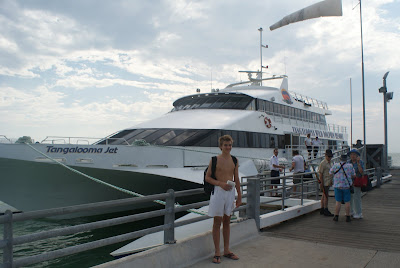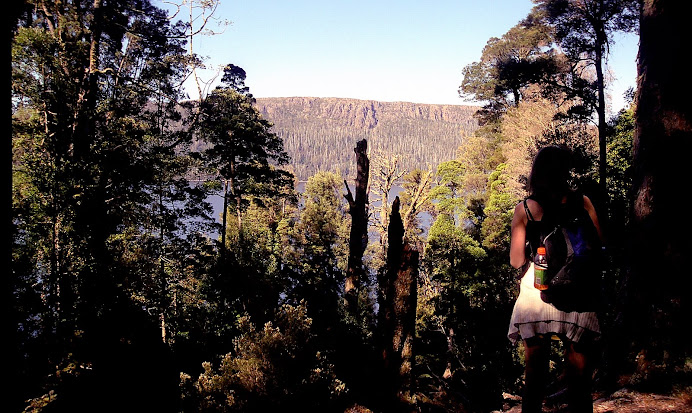






Mt Tempest which is considered the highest coastal sand dune in the world at 285m.
Most of Moreton island has been declared at National Park to protect the natural areas, wildlife and historical sites. There is a chance to spot the humpback whales as they migrate north in June-July and return with their calves in September-November, and that makes everyones holiday an unforgettable experience, sadly we did not see them...but we had a fantastic time..
Interesting to know that European settlement began in 1848 with a pilot station at Bulwer. Land sales started in 1863, to provide food for shipwrecked sailors goats and pigs were introduced in 1865, in 1890 a telegraph line was built down the island to link Bulwer with Amity Point on North Stadbroke Island.
Hmmm the waters surrounding Moreton Island are so clean, crystal clear and snorkelling or diving around is an opportunity not to be missed, but swimmers like myself can enjoy a dip from any of the beaches with water temperature usually remaining above 17C even in mid winter..
The best thing about Moreton Island is freedom to stop and make your stay wherever you desire, there is a challenge and fun of off-road driving along the bush, sand tracks and open beaches..





















